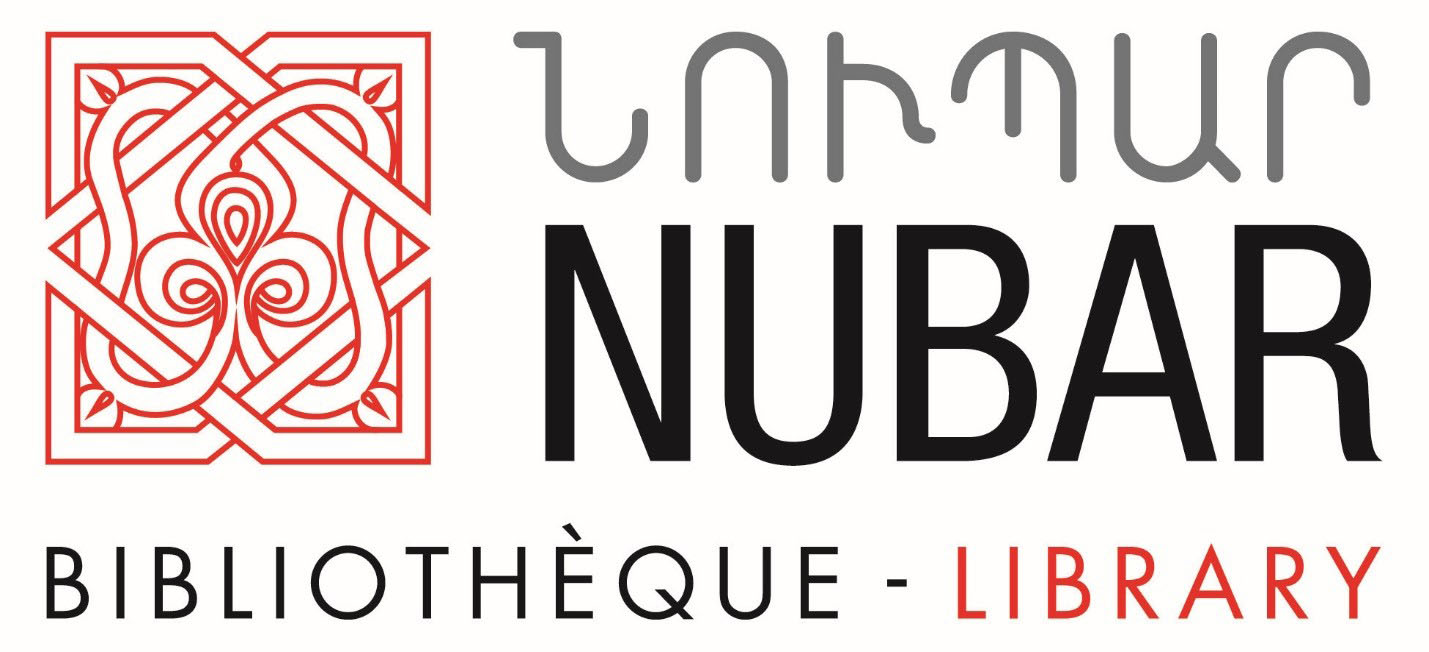In May, the AGBU Nubar Library in Paris launched the English-language version of its website, offering a wealth of information, photos and documents about Armenians in the Ottoman Empire and the Armenian diaspora.
A major highlight of the website is an extensive virtual exhibition-now available in English and French-on the history of the Ottoman Armenians and the Armenian Genocide, entitled Armenia 1915. The exhibition is based on the Arménie 1915 exhibition initiated by the Mayor of Paris, Anne Hidalgo, and shown at City Hall in Paris on the occasion of the commemoration of the centenary of the Armenian Genocide.
The virtual exhibition first evokes the everyday structures of Ottoman Armenian society at the end of the nineteenth century and shows the ideological radicalization of the leaders in power between 1908 and 1914, which led to the genocide. It then presents the implementation of the genocide with its major phases in 1915 and 1916, before taking a human and political assessment at the end of World War I. The final section is dedicated to the reactions in France about the fate of the Armenians.
“Arménie 1915 was the largest exhibition about the Armenian Genocide ever made possible in Europe with more than 500 photos, documents and various pieces. Here we have condensed the main thematic entries, completely reedited the text and are now delighted to make it accessible in English for people around the world,” said Boris Adjemian, director of the AGBU Nubar Library.
The website, which will continue to be updated with digitized materials, is also home to a full list of the library’s periodical collection; photos of prominent Armenian leaders and of Armenian life in the Ottoman Empire and early diaspora; portions of the Andonian archive of Armenian Genocide testimonies as well as portions of the archives of the Armenian Patriarchate of Constantinople, the Armenian National Delegation and AGBU; digitized copies of the French-language Constantinople-based journal Renaissance published from 1918-1920; back issues of the library’s journal Revue d’histoire arménienne contemporaine to order; and a full collection of Études arméniennes contemporaines, the library’s current print and online journal.
The AGBU Nubar Library was established in 1928 by AGBU founder and president Boghos Nubar. Over the course of its history, the library has become one of the main research centers in the Armenian diaspora. In its early years, the library was directed by Ottoman Armenian writer and journalist Aram Andonian under whom the library’s collection expanded dramatically thanks to major donations by Armenian politicians and men of letters in the first half of the twentieth century. Conceived of as a center for Armenian and Near Eastern studies and as a site for Armenian intellectuals to exchange ideas, the library has sought to develop a diverse archive on Armenian affairs and remains an indispensable resource for scholars, journalists, documentarians, researchers, students and individuals interested in Armenian history.
To visit the virtual exhibition and learn more about the AGBU Nubar Library, please visit https://www.bnulibrary.org/index.php/en/
Established in 1906, AGBU (www.agbu.org) is the world’s largest non-profit Armenian organization. Headquartered in New York City, AGBU preserves and promotes the Armenian identity and heritage through educational, cultural and humanitarian programs, annually touching the lives of some 500,000 Armenians around the world.
For more information about AGBU and its worldwide programs, please visit www.agbu.org.



















































